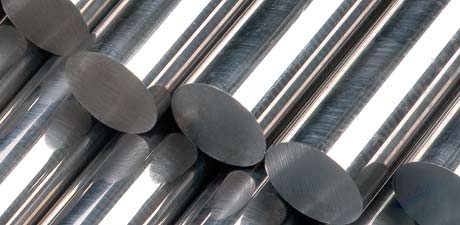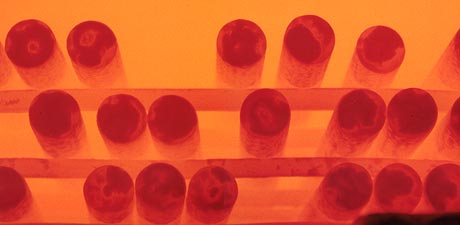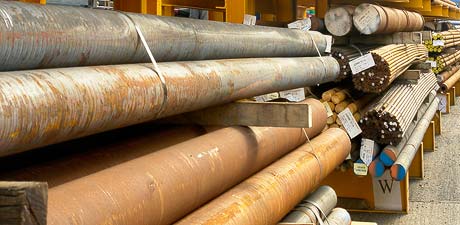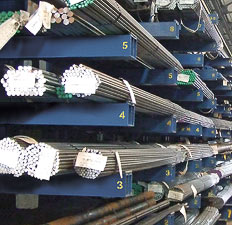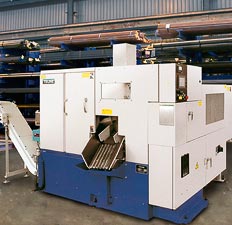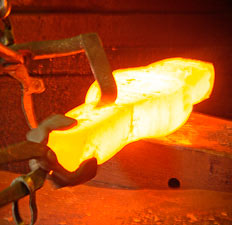Technical Data
Metallurgical Terms
W.
Chemical symbol for tungsten, from wolfram.
Welding.
Joining two pieces of metal by heat or pressure or both, with or without added metal, so that recrystallization takes place across the joint. Usually there is local fusion. Heat for the process may be obtained in several different ways such as: - an oxy-acetylene flame, an electric arc which may be struck between an electrode and the metal to be joined, an electron beam in vacuum, or a chemical reaction (thermit). Among the more commonly used arc processes are the following:- Metal Arc Welding, where the electrode provides the filler metal and is usually coated to provide flux; Shielded Arc Welding, which uses a protective atmosphere such as argon or carbon dioxide, and the electrode may be of tungsten (TIG-tungsten inert gas) or consumable, to provide filler metal (MIG-metal inert gas): Atomic Hydrogen Welding, in which hydrogen passed through an arc struck between tungsten electrodes atomizes and in recombining supplies the heat for welding; Submerged Arc Welding, which uses a bare electrode and the arc is submerged in powdered flux: Electroslag Welding, uses a consumable electrode but there is no arc, the heat being generated by the electric current passing through a conducting slag, metal from the electrode forms a molten pool which is contained by water cooled moulds and the edges of the plates being joined. In Friction Welding one component of the weld rotates at high speed and is pressed against the other. Sufficient heat is generated for welding to occur in the solid state. Electron Beam Welding: A stream of electrons is used as the energy source. The process permits very narrow deep welds to be made at high speed and since the welding is usually done in vacuum the weld is free from oxides and nitrides. The process can also be used to make welds in air but then penetration is less and the weld is not so narrow. Several welding processes use a combination of pressure and heat generated by electrical resistance. Some of the commonly used processes are:- Resistance-Butt Welding, where the parts are butted together and the current flowing through the junction generates sufficient heat for the metal to be locally upset and welded when pressure is applied; Flash Welding is similar but some arcing is allowed to take place at the junction; Spot Welding, generally used to join two sheets which are held between electrodes and heat generated at the interface between the sheets causes local welding when pressure is applied; Stitch Welding consisting of a series of overlapping spot welds; Seam Welding, using electrodes in the form of rotating wheels which continuously apply pressure to the sheets, the current is applied intermittently but a continuous weld is formed; Projection Welding, using small projections on one or both components of the weld to localize the heat and pressure, the projections collapse when the weld is made; Stud Welding, where an arc is struck between the stud and the metal to which it is to be joined, pressure is finally applied to make the joint.
Whiskers.
Hair-like growths on metals so thin as to be scarcely visible to the naked eye. They are very much stronger than the metals from which they form, probably because they are free from defects.
White Annealing.
A process of heating pickled steel at a temperature of about 600°C for the purpose of eliminating the hydrogen which has entered the steel during the pickling operation, and thus to remove any tendency to hydrogen embrittlement.


